In the 1920s printers’ composing rooms were undergoing their first transformation in nearly 500 years when old hand techniques gave way to new mechanical methods. One new machine that found its way into the composing room was the Elrod that was produced by the Elrod Slug casting Company of Omaha until 1920 when the Ludlow Typograph Company of Chicago bought it out. The Elrod was used for making continuous strips of spacing material and rules. It was a comparatively small machine standing 3 ft high, 6 ft long and 2 ft deep. It was powered by electricity that was used to heat a crucible containing 80 lb of metal to temperatures of around 540° F. The molten metal was forced through the neck of the crucible in to a mould that chilled the stream in to a strip. Water was used to solidify the strip in to precisely the width and height required. The strip was then fed through a pulling mechanism that drew it to the length that was needed. After the strip was pulled to the required length, it went through a cutter head. Any length of strip could be cast from one inch to twenty-four inches, and to any thickness from one point to thirty-six points. The Elrod was used in conjunction with the Ludlow. Between them, the Elrod and the Ludlow provided the printer with a complete foundry and composing room, it allowed him to produce as much typeface and spacing material as was needed for his work.
Caroline Archer-Parré
First published by Print Week as part of a series of columns entitled ‘Print’s Past’

